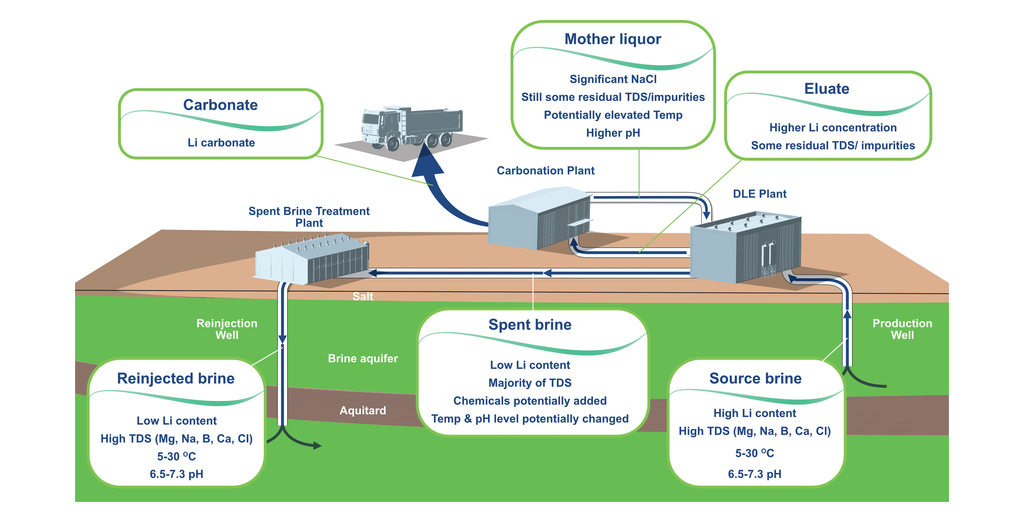
The wind doesn’t always blow where it’s needed—that’s the biggest hurdle in fitting wind energy to the nation’s portfolio of renewable energy. When the wind isn’t blowing, utility companies must turn to other electricity generators, such as solar or hydropower, or to fossil fuels, which the U.S. has goals to use less of.
The key to clearing this hurdle is accurate weather forecasts, but weather forecasting isn’t a perfect science. To help make weather forecasting more accurate, scientists at the Pacific Northwest National Laboratory (PNNL) have teamed up with the National Oceanic and Atmospheric Association (NOAA), along with universities and private industry, to improve weather forecasts. Through their work on the Wind Forecast Improvement Project (WFIP), the multiagency research has already helped save utility companies millions of dollars.
“Wind energy is clean and low cost, but its one drawback is that it’s dependent on the fuel, which in this case is wind. And wind is not constant,” said Raghavendra Krishnamurthy, an Earth scientist at PNNL and principal investigator for WFIP. “With more accurate wind forecasts at turbine heights, utility companies can more efficiently balance their power generation from various sources, like wind, hydropower, or fossil fuels, and save money.”
Forecasting Complications
Utility companies depend on weather forecasts to prepare for the next day’s electricity generation, and inaccuracies in weather forecasts can cost millions. If wind is overpredicted (i.e., there was less wind than forecast), utilities must quickly pivot to other types of energy, which is costly and inefficient. If wind is underpredicted (i.e., there was more wind than forecast), utility companies would have already paid unnecessarily for potentially more costly energy, such as natural gas.
Forecasts come from the National Weather Service, which uses a model called the high-resolution rapid refresh model (HRRR). The model incorporates data from weather sensors all over the United States about variables like wind, humidity, air pressure, and air temperature, and uses them to predict the winds for the next 48 hours.
But variables like wind, air temperature, pressure, and humidity change based on where wind farms are in the United States, which affects what kinds of weather patterns a wind farm experiences day-to-day. Some areas are dry, flat, and hot, while some areas are cold, wet, and mountainous. Some wind farms are placed in the ocean, which comes with a completely different set of temperature and humidity variables from land-based wind farms.
WFIP helps model builders incorporate these regional nuances.
Wind Forecast Improvements
The team realized they had to study the weather across different regions and incorporate those findings to improve the model. “If you think of the model as a fish net, and weather phenomena like clouds and storms as the fish, the only fish you don’t catch are the ones getting through the net. The finer the net, the more fish you catch,” said Larry Berg, division director for Atmospheric Sciences and Global Change Division at PNNL and former investigator on the WFIP team. Studying regional data helps us understand what is making it through the “net,” or an improved model, which creates more accurate forecasts.
In the project’s first phase, PNNL scientists, along with other partners at other Department of Energy (DOE) national laboratories, NOAA, universities, and private industry, took data from wind farms in northern Texas and the Great Plains in 2011 – 2012. In the project’s second phase, the WFIP2 team collected data from 2015 to 2017 from the Pacific Northwest’s Columbia River Gorge and basin. Here, mountains tower over near-sea-level basins and the Columbia River has cut a canyon between rocky cliffs.
Researchers at NOAA used these data to improve the HRRR model, releasing the first updated version (called HRRR2) in 2016, and another (HRRR3) in 2018. With WFIP’s contributions, HRRR’s updates have improved weather modeling and led to significant savings. According to 2022 a paper in the Bulletin of the American Meteorological Society, utility companies likely saved more than $95 million per year after NOAA launched HRRR2 and $32 million after launching HRRR3.
An additional paper published in 2022 in the Journal of Renewable and Sustainable Energy found that the improved models had the potential to save consumers across the U.S. more than $380 million.
“The WFIP campaigns, and in particular WFIP2, provided a unique dataset that enabled us to improve our wind forecasts in the lower atmosphere markedly,” said David Turner, an atmospheric scientist at NOAA and manager of the agency’s Atmospheric Science for Renewable Energy program. “We have demonstrated that, if the energy community only used the HRRR for their day-ahead decisions on energy generation, then they would have saved hundreds of millions of dollars per year using more updated versions of HRRR.”
The Future of WFIP
The WFIP team is already planning for the future of the project, with WFIP3 starting this year gathering data from wind farms off the northeastern coast of the United States.
“Offshore wind data is very sparse, and therefore we are not sure on the accuracy of the wind forecasts offshore,” Krishnamurthy said. “The next phase of WFIP will provide this necessary data, which will be made freely available to the research community and support the development of more accurate forecasts.”
WFIP is supported by the DOE’s Wind Energy Technologies Office and NOAA’s Atmosphere Science for Renewable Energy Program.
By JoAnna Wendel, Pacific Northwest National Laboratory (PNNL)
I don’t like paywalls. You don’t like paywalls. Who likes paywalls? Here at CleanTechnica, we implemented a limited paywall for a while, but it always felt wrong — and it was always tough to decide what we should put behind there. In theory, your most exclusive and best content goes behind a paywall. But then fewer people read it! We just don’t like paywalls, and so we’ve decided to ditch ours. Unfortunately, the media business is still a tough, cut-throat business with tiny margins. It’s a never-ending Olympic challenge to stay above water or even perhaps — gasp — grow. So …




